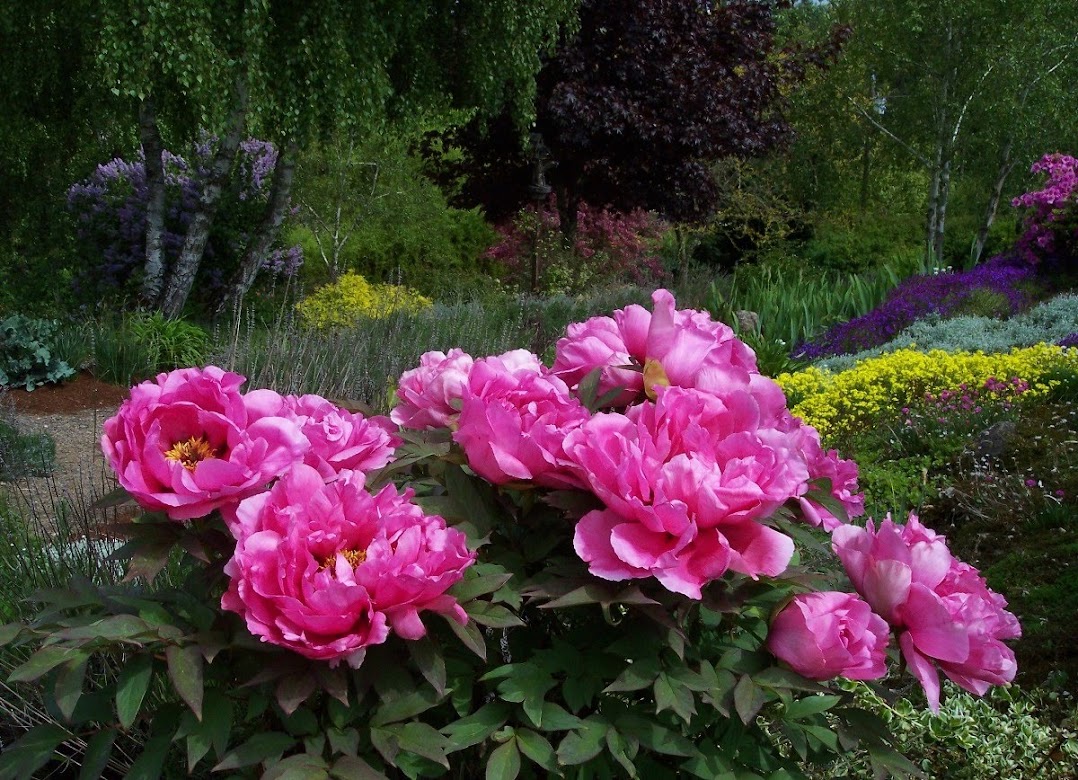Some of our experiences in California's wine country and North County San Diego this past December were addressed in the writings of December 16 & 17 and in this years January 1 & 3 posts, should you like to begin there. This segment outlines our return trip home.
We were to spend two nights in Solvang, California, but shortened our vacation plans at the end of December due to a weather forecast indicating a 1-2 foot snowfall in the higher elevations of the Pacific Northwest. It did not take us long to pack and be ready to head out in the early morning in hopes of getting ahead of the storm.
A dark 6 a.m. had us heading toward Buellton, then north on 101 to Santa Maria. Dawn approached and we were ushered toward the coastline and overlooked a beautiful Pismo Beach as the fog gracefully accompanied for some distance. We then turned and headed back into the foothills toward San Luis Obispo.
The light filtered through the fog and emerged with such a voice as to broadcast and radiate its shadows of rose and warm sienna upon the rolling hillside of leafless trees.
Route 41 took us toward Kettleman City, and as we approached that end, the moist highway signaled a reminder, a touch of reality of what might lay ahead.
Harris Ranch at Kettleman City is a favorite place to stop and have lunch or dinner if you like a fine home grown cut of beef, but our minds were focused upon more important things.
Each year as we drive through the San Joaquin valley from San Diego to Sacramento, it continues to astound as miles and miles of acres of new irrigation and fruit and nut trees and vegetation are being added both east and west, along with enormous dairy structures. And we always enjoy the trip, except for one thing: who taught everyone to drive in the left lane, bumper to bumper, and if you want to pass you have to do so in the right lane? Whatever happened to driver's education? Oh yes, the schools discontinued that, along with physical education. (Sorry, I digress.)

Beautiful movement of color and lines . . . stunning. . . look at the extremely low water levels of the lake. . . anticipation of the melting of snow in higher elevations. . .
We snaked our way along the mountain roads of I-5 toward Dunsmuir and the temperature dropped to 37 degrees. Cold, but no sign of snow remained a positive. To the west and as you round the bend, there are hints of something spectacular.

 Volcanic granite crags and spires of ancient drama tower ahead.
Volcanic granite crags and spires of ancient drama tower ahead. Exit 726 should take you to Castle Crag Park, a place we have yet to explore, but not today.
 And as we rounded each bend Mt. Shasta stood dominant amidst the evergreens, the cumulus and the azure sky.
And as we rounded each bend Mt. Shasta stood dominant amidst the evergreens, the cumulus and the azure sky.
Over 14,000 feet , it stands alone, having risen as if abruptly from the lowland which surrounds it.

Onto Yreka, but first we hit the Weed plateau at 3000 feet, and the mountain ranges encircled us: the Cascade Range continued to our east while Shasta-Trinity and Trinity Mountains lay behind. Scotts Mountains supported our west side, and the Siskiyou beckoned us north.
The vast expanse of the park and forest area is evident as it stretches from the Pacific coastline to the Nevada border and follows us northward from San Diego to Oregon. Are you aware the Sierra Business Council reports that 50% of California forest and ranch lands are owned by 'individuals, corporations, and conservancies' while the other 50% is owned by local, state and federal agencies? Just as an oh, by the way, the USDA Forest Service has approximately 193 Million acres in the National Forest System. (http://www.sbcouncil.org/Drivers-of-Change;;-Land-Use)
 34 degrees at 4000 feet and still climbing to Mt. Ashland’s summit at 4310 feet, as it dropped to 32 degrees.
34 degrees at 4000 feet and still climbing to Mt. Ashland’s summit at 4310 feet, as it dropped to 32 degrees.
This felt good. . . no, not the cold but that we beat the storm and were headed on the down slope. Once we hit the bottom of the pass any additional hills to climb would be minimal by comparison, and the next several hours would find us home.
As we approach the Oregon border this 30 Dec 2007, we will stop for dinner before making the final leg of the trip.

Thanks for traveling with us, and we hope you enjoyed the journey and the beautiful countryside.
Oh, by the way, the storm did not occur that night, and we were thankful to have been guided safely home.


